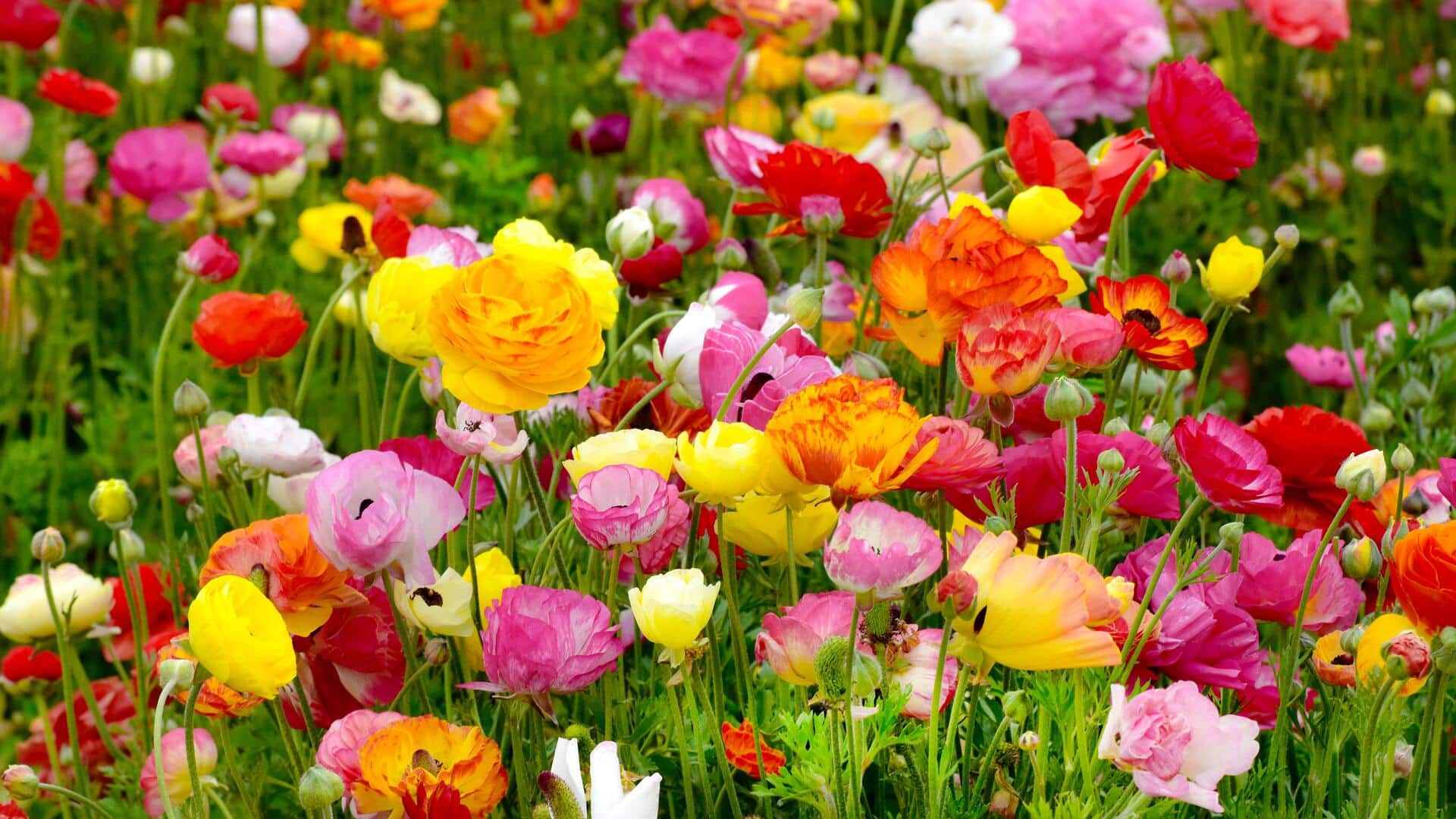
How to grow ranunculus flowers at home
What's the story
Ranunculus flowers with their vibrant hues and layered petals can be a stunning addition to your indoor garden. However, growing them indoors can be tricky and requires knowledge about the plants' specific needs and the right conditions. Here, we will walk you through essential steps to ensure your ranunculus bloom beautifully inside your home.
Bulb selection
Selecting quality bulbs
Choosing high-quality bulbs is critical for successful growth. Look for firm, healthy bulbs that don't show any signs of mold or damage. Larger bulbs tend to produce more robust plants with numerous blooms. It's best to purchase from reputable sources to ensure you're getting disease-free stock. Proper selection at this stage lays the foundation for healthy plant development.
Soil preparation
Preparing the planting medium
Ranunculus flourishes in well-draining soil loaded with organic matter. A combination of potting soil, sand, and compost can offer the perfect growing medium. Ensure the medium retains moisture without becoming soggy as excess moisture can cause root rot. Maintaining a balanced pH level between six and seven also helps in optimal nutrient absorption.
Light requirements
Providing adequate light
These beauties need plenty of sunlight to thrive indoors. Place them near a south-facing window where they can get at least six hours of direct sunlight every day. If natural light is not enough, try using grow lights to supplement their needs on shorter days or during cloudy weather.
Watering tips
Watering and humidity control
Proper watering is key; overwatering can damage ranunculus plants, while underwatering can stunt their growth. Water them thoroughly when the top inch of soil feels dry but don't let them sit in waterlogged conditions. Keeping moderate humidity levels around 50% prevents dehydration without promoting the growth of fungal diseases.
Temperature management
Monitoring temperature conditions
Ranunculus does best in cooler temperatures, ideally between 10 degrees Celsius and 15 degrees Celsius (50 degrees Fahrenheit to 59 degrees Fahrenheit), during their growth phase. They shouldn't be subjected to frost or cold drafts from windows, which can affect their delicate foliage. Regular checks throughout seasonal changes keep them healthy. This method is essential for their success indoors, adjusting as necessary based on household environmental factors.